India, Pakistan celebrate ‘Independence” amidst oppression and poverty
![India and Pakistan go through their routine rituals of ‘independence’ celebrations on 14 and 15 August 2021 respectively, after the mega-sized colony of British India was carved up in 1947 into a new Hindu and Muslim territorial block to swiftly affect the undemocratic and genocidal British ‘transfer of power.” Today, 74 years on, the Panjaab liberation movement, like many others in the region, seeks structural changes in South Asia, says British Sikh writer and Nations without States activist Jagdeesh Singh. […]](https://www.theworldsikhnews.com/wp-content/uploads/2021/08/Punjab-and-Partition-360x234.jpg)
India and Pakistan go through their routine rituals of ‘independence’ celebrations on 14 and 15 August 2021 respectively, after the mega-sized colony of British India was carved up in 1947 into a new Hindu and Muslim territorial block to swiftly affect the undemocratic and genocidal British ‘transfer of power.” Today, 74 years on, the Panjaab liberation movement, like many others in the region, seeks structural changes in South Asia, says British Sikh writer and Nations without States activist Jagdeesh Singh.
SEVENTY-FOUR YEARS ON is a critical moment to highlight the enduring, agonising struggles and persecutions of multiple nations across South Asia, who were each bulldozed over by that same elitist and exclusivist British transfer of power into the hands of their incoming Indian and Pakistan ruling elites. Today, they continue to suffer incessantly without any meaningful and substantive self-determination or freedom.
Instead, their story is one of dire poverty, crushing violent state terrorism, human rights atrocities, ethnic persecution, centralised state power, military and police genocide. What are India and Pakistan expecting their peoples to ‘celebrate’?
The seminal case of the Panjaabi nation, neighbouring Kashmir, encapsulates all that was wrong with 1947 and remains structurally wrong to this day with India and Pakistan.
Prior to the arrival of the invasive European and British global imperialism from the 1700s onwards, the map of South Asia was a colourful mix of independent and autonomous regional states and countries such as Panjaab, Rajputana, Balochistan, Assam, Nagaland, Tripura, Tamil Nadu, Bengal, Sindh, and more.
Prior to the arrival of the invasive European and British global imperialism from the 1700s onwards, the map of South Asia was a colourful mix of independent and autonomous regional states and countries such as Panjaab, Rajputana, Balochistan, Assam, Nagaland, Tripura, Tamil Nadu, Bengal, Sindh, and more. These were regional ethnic nations, with their own corresponding political states.

Into this came ravishing British imperialism, conquering and annexing each of these individual states one by one; and consolidating them into a single British India –the so-called “Jewel in the British crown.”
Panjaab was the last and final of these many independent nations and countries to be captured and annexed. After two intense and phenomenal Anglo-Sikh wars between 1845-1849, which almost defeated the British armies; the once staunchly and militarily powerful country of Panjaab was consumed as a province of British India.
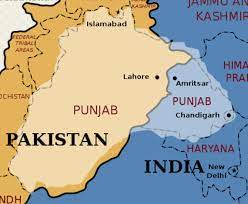
 From that period onwards, the nation of Panjaab has been striving and struggling through multiple phases and chapters, to retrieve back it full independence or, alternatively, full autonomy. In 1947, Panjaab associated as the indigenous homeland of the radical and rebellious Sikh people was steamrolled into the superimposing Hindu-Muslim divide which produced the British offspring states of India and Pakistan. Both states were handed between them, the direct spoils of the 200 years of British imperial territorial conquest which was then consolidated and ‘unified’ British India – the single largest and most prestigious empire-building colony across the globe.
From that period onwards, the nation of Panjaab has been striving and struggling through multiple phases and chapters, to retrieve back it full independence or, alternatively, full autonomy. In 1947, Panjaab associated as the indigenous homeland of the radical and rebellious Sikh people was steamrolled into the superimposing Hindu-Muslim divide which produced the British offspring states of India and Pakistan. Both states were handed between them, the direct spoils of the 200 years of British imperial territorial conquest which was then consolidated and ‘unified’ British India – the single largest and most prestigious empire-building colony across the globe.

Despite calls for them to be made independent and restored back to their pre-British status; in 1947 both Panjaab and Bengal were partitioned and forced to become parts of two new artificial countries created on paper by Mountbatten, Gandhi, Nehru, Patel and Jinnah. These two superstates would take over from where the British were now leaving. Their crude Hindu-Muslim solution would cut through established nations, countries, ethnic peoples; and create India and Pakistan instead.
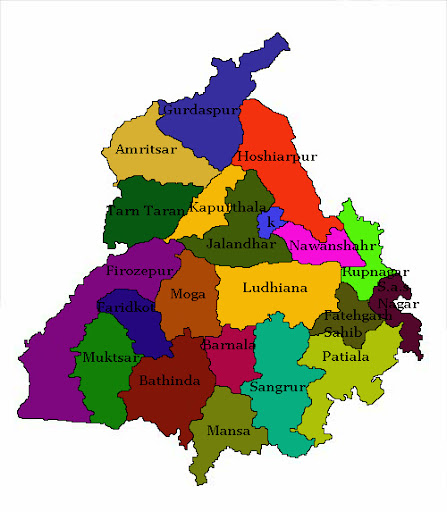
It did not occur to any of the decision-makers that returning countries like Panjaab, Bengal, Sindh and Balochistan back to their former status as independent states, would be the most logical and naturally just thing to do. In true British imperialist form, they instead sought to create more and more layers of structural injustice, to confuse and complicate.
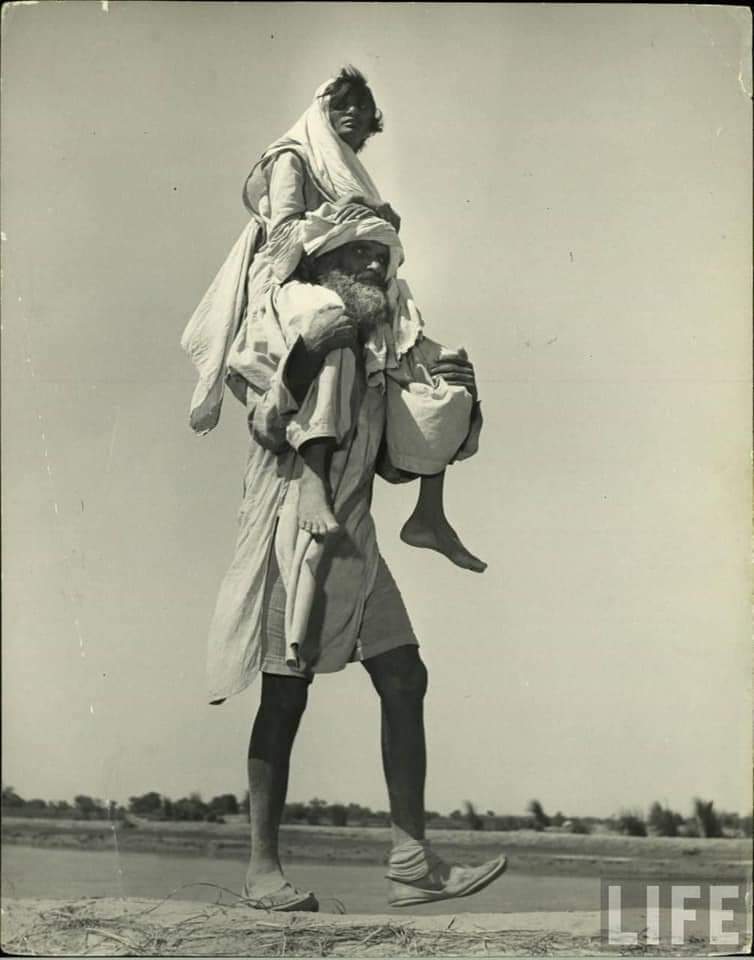
In this crude cut and run exit in 1947, after 200 plus years of dubious and imperious governance, the British cared nothing for democratic due process nor for the protection of human life. They consciously ignored the human devastation, the genocide -Panjaabis killed and mass displacement of 10 million Panjaabis (not to mention the numbers at the Bengal end), that their cruel and devious exit strategy conveniently formed with their Indian and Pakistan counterparts would cause.
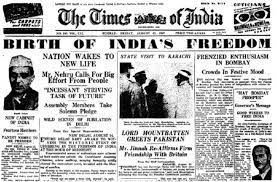
Power changed hands, but not to the peoples of Panjaab, Kashmir, Assam, Nagaland, Manipur, Baluchistan or Bengal. It was handed to two new centralised powers in India and Pakistan, not to the peoples contained within those artificial countries.
The oppression and devastation that would follow in the ensuing 74-years, comprised genocide, mass corruption, crushing of ethnic identities, forced Indianisation and Pakistanisation, comprehensive police violence and terror, caste rapes and murders, massive failure of public health and education services, massive poverty, lack of food supplies, and so much more.
In a courageous recent public affirmation, the Chief Justice of India’s Supreme Court -Justice N. V. Ramana, has admitted that: “the threat to human rights and bodily integrity are the highest in police stations”. A fact, already well-known to hundreds of millions who bear the brunt and fear every day.
Despite all this, the peoples of India and Pakistan are forcibly trained, indoctrinated, schooled and educated by both states to ‘celebrate’ their ‘freedom’ and be loyal and obedient to their countries.
The mere act of non-violent dissenting and vocalising of anything relating to structural change to the India and Pakistan structure is crushed, vilified and criminalised.
Any talk, discussion or dialogue about ‘referendums’, ‘autonomy’, ‘self-determination’, ‘independence’ is vigorously crushed for anti-state activities by police terror and repression, coupled with legalised persecution through the crude state court system with an assortment of state prosecutions, based on anti-people laws -many of which are relics of the British legal system prior to 1947.
The mere act of non-violent dissenting and vocalising of anything relating to structural change to the India and Pakistan structure is crushed, vilified and criminalised.
Whereas in the western world, one can speak and campaign for ‘devolution’, ‘independence’, ‘union’ and so forth openly and without fear: in India and Pakistan, there is a comprehensive blanket of fear across journalists, civil society, academics, students and more. These are ultra-sensitive subjects.
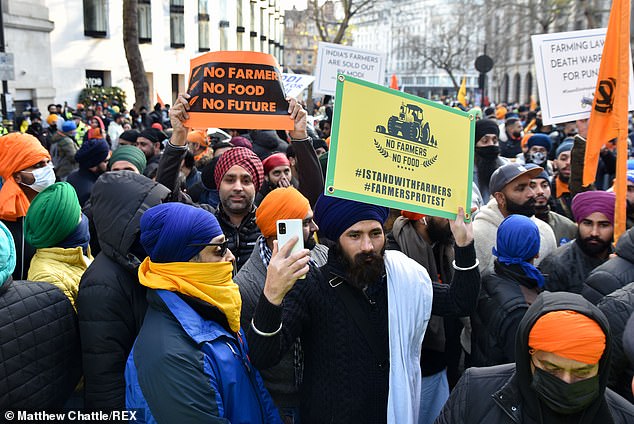
India’s rampant response to external and internal support for the Panjaab-led farmers’ agitation, has exposed the extent of its insecurity and vicious panic towards anything remotely related to Panjaabi statehood, nationhood, self-determination and independence.
Both India and Pakistan have succeeded in creating an atmosphere of paralysing fear, which is backed up and enforced through repeated campaigns of violent repression and genocide in Panjaab, Kashmir, Balochistan, Manipur, Nagaland and many more areas.
Will civil society be forced to rise up, in a frustrating spring of rebellion, like the recent Panjaabi farmers?
The clear functional failure of both these rushed, undemocratically imposed states is manifest not only in their political dogmas and bigotry but moreover in their respective monumental failures to provide public health services on Covid-19, to provide clean water to their populations, to protect and safeguard civilians from regular police violence and torture.
History shows that no state which is not prepared to make a radical internal change can survive. Mere power and military force are not enough. History, past and future are driven by structural change. Be with it, or against it. How much longer will India and Pakistan survive and continue on their morbid path of mass, systematic failure?
Will civil society be forced to rise up, in a frustrating spring of rebellion, like the recent Panjaabi farmers?
Guru Nanak in Guru Granth Sahib says, ‘Kingdoms and mansions built on sand, cannot endure.” How much more must the peoples of South Asia endure, before structural change happens, to give them true independence, freedom and justice in their lives?
 Print
Print

 159
159

